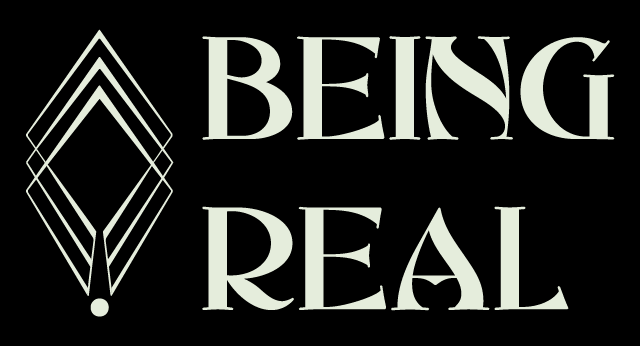Hatred is perhaps our most taboo human emotion; this can be especially true in spiritual traditions. Often easy to identify in others, it can be near impossible to see or feel ourselves. There is good reason for this taboo—acting from hatred has led to some of the greatest human atrocities, but it is a great loss to dampen our capacity to feel hatred directly and thereby understand and experience the underlying life force that lies within this universal emotion.
It is quite common for people to claim that they have no hatred within themselves; however, when we recognize the manifestations of this icy emotion—coldness of heart, hardness in the eyes, shutting others out, resentment, bitterness, and more intensely the desire to annihilate—it becomes clear how pervasive it can be in our lives. Think for a moment about someone you see as hateful . . . how do you feel toward them? How do you feel toward those who are violent, racist, destructive to nature, or cruel to animals or children? Can we be very honest and see how we wish that certain people, corporations, governments, would just disappear . . . forever.

When we begin to see that our contempt, aversion, and antipathy are all forms of hatred, and that this feeling has earliest precedent in our vomiting out what repulses our infant organism, we can begin to admit and normalize this socially undesirable feeling of hatred.
“Feeling” is the key word here. Human beings for very good reasons learn to suppress, repress, or over-express feelings to such a degree that simply “feeling” certain emotion seems undesirable or downright impossible. The collective emotional body of humanity dearly needs to learn that whatever the feeling may be—it is just a feeling. Our bodies have stiffened and densified, our breath become short or shallow in attempts to control the flow of feelings. On a very physical level it is hard to accept that it is just a feeling and that feelings come and go and they don’t mean anything about us. Nor do they need to be acted out.
So suppose that for a moment we can suspend our bias toward the feeling of hatred. It might help to understand that emotions are action orientated feelings meant to help our organisms maintain regulation—much like the infant vomiting above. So what is the action that hatred is trying to accomplish? Hatred seeks to remove obstacles that keep us from feeling states of equilibrium—namely peace and love. How many times have we wanted to quiet our environment or spend some time in nature to experience peace? How often have we wanted someone we love to frankly just shut up and listen to us so that we could re-establish a sense of loving connection?
While the examples above seem a far cry from the bitter fangs of hatred that make our blood run cold, they give us a hint at what action the severe feeling is attempting. We want to feel safe, at peace, loving and loved. Throughout our lives we experience all manner of obstacles and downright insults to our sense of peace and love. While it is easy to identify trauma and grave injustice, it can be harder to see the effect of relatively minor mis-attunements, neglect, or invasiveness repeated throughout our lives.
Almost universally somehow or other, we have become disconnected from our deep sense of love and peace—qualities we see so openly available in babies and small children. This leaves us cold, at least parts of us. We want to get rid of what is in the way—we hate it. Here’s the rub: we feel powerless to do anything about it. We cannot make the world come to peace; we are hopeless in our attempts to make others love us when they don’t.
Powerlessness is a key ingredient to the emotion of hatred. The more powerless we feel to change a situation the more the natural energy of assertiveness and volition begin to compress within us. Without relief the feeling of needing to take action becomes compressed as surely as coal into diamond becoming hard and with loss of hope; cold.
You may be able to feel this as you read. So what to do? First if you have followed to this point you’ll see the importance of normalizing the feeling of hatred, removing the taboo. That can be a relief in itself but now we are faced with feelings and thoughts that are disturbing and difficult to tolerate. (Powerlessness being a prime example) I will suggest now that you go further and see if it is possible to bring love and understanding to your hatred. Whether it shows up as contempt, resentment, revenge, or outright desire to annihilate, this is your feeling—it belongs to no one else. It can only be addressed with kind attention, self-care and time.
This kindness may need to come as a regular meditation practice or private work with someone who can hold and help to understand the communication of this powerful force within. It may be that changes are needed in your life, perhaps some retreat from daily life or a mediated reconciliation. It may seem cliché but the world really does change from within you.Finally to the point above about changing the world—often we can’t. The deepest and most powerful discovery that can be made within feeling our hatred is that peace is your own presence, love abides. Situations are always changing there is war and conflict as well as pain, as well as broken heartedness. Again hatred is simply a frustrated need to remove obstacles to peace and love. Our desire for peace is really about returning to our deepest self—our sacred nature. Our longing to be loved isn’t wrong but it misses the mark—love is our innermost being. No one can do it for you, but sometimes a door opens. May you have the courage to step through that door.
